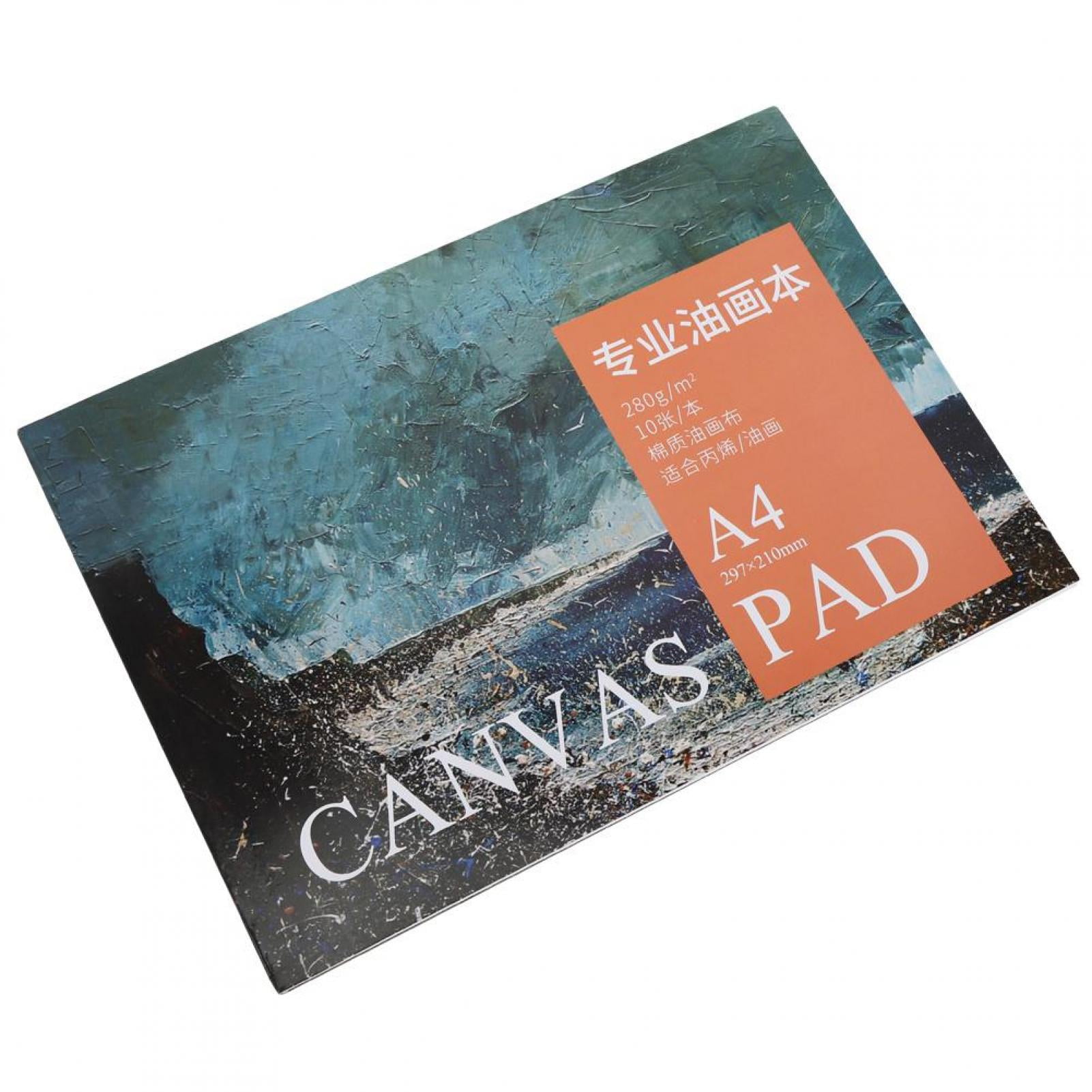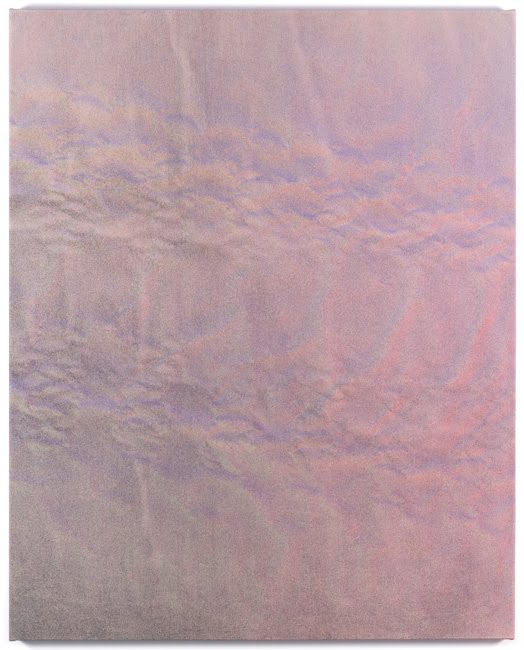

OIL PAINT CANVAS PAPER HOW TO
In 2021 we started thinking about how to lead a sustainable life, and looking at the different resources we have around. We like to think that we provide art students, designers, and art enthusiasts a smarter and sustainable way to use their available materials and create pieces and artworks that make you proud. With a bit of dedication and preparation, you’ll be painting masterpieces in no time. WATCH – Oil Paint on Paper? Learn How to Use Oil Paint on Paper Malcolm Dewey Final Wordsīy transforming your old acrylic paper into oil-safe paper, you’ll be saving time and money and preventing excess paper waste from messing up the environment. When combining these mediums, let go of artistic perfectionism and allow the varied textures and colors to shine through. Oil painting on paper will naturally lend itself to a rougher, textured look. As with any medium, it’s important to let the oil paint on the paper to dry completely between each layer to prevent peeling, pilling, and smudging. Oil paint may take longer to dry on paper than on canvas.

You could also consider adding another layer. If you notice the color streaking, peeling, or looking uneven, wait a little longer for the gesso coat to dry. Once your gesso primer coat is completely dry, you’re ready to paint! The acrylic paper should react to oil paints much in the same way as oil paper. You can perform this step ahead of time if you’d like to keep primed papers on hand. It will feel dry to the touch within 10-20 minutes, but you should wait at least 24 hours before painting over the gesso with oil paint. When the first coat is dry, apply a second coat, brushing in the perpendicular direction.Īllow your gesso coats to dry completely before moving on. Prime your paper by covering it with a nice, even coat of gesso in one direction. Gesso will prevent your paper from absorbing too much of the oil paint’s pigment and becoming damaged by solvents. To make your acrylic paper (or any other kind of material) appropriate for oil paints, you will need to prime the surface with liquid gesso. The significant difference between acrylic or watercolor paper and oil paper is that oil paper is pre-primed. Most importantly, make sure the paper is acid-free! Prime Your Acrylic Paper Choose a paper weight between 140lb (300 gsm) and 300lb (640 gsm), selecting a heavier weight for larger pieces. You will want to buy textured, heavyweight paper with a soft feel to hold your oil paint.
OIL PAINT CANVAS PAPER UPDATE
Last update on / Affiliate links / Images from Amazon Product Advertising API This highly recommended Mont Marte Premium Gesso on would be perfect for priming your acrylic paper.

It will also protect the paper from degrading solvents. Gesso gives the surface more “grip” and prevents the paper from absorbing too much paint. Oil painting paper is pre-primed, but before using acrylic paper, watercolor paper, or any other medium, you need to prime the surface with gesso. If you are planning to paint on paper, it’s essential to be careful with your artwork.Īs I’ve mentioned before, not all paper is ready to receive oil paints. Acrylic paper is thick and tough but not invincible. As you may well know, paper can fold, bend, rip, and warp. While painting on acrylic paper has its benefits, it’s important to note some of the risks and requirements.Īcrylic, watercolor, and oil paper can all make your artwork more susceptible to damage. The affordability and accessibility of acrylic paper make it perfect for practicing painting techniques and sketching with paints. It is easy to find a pad of acrylic painting paper for less than half the cost of a same-sized canvas. They also save time for artists who stretch their own canvas at home. Watercolor, acrylic, and oil papers are all more affordable than canvas. Traveling ability makes acrylic paper a divine choice for painters who like to work “en plein air” (a.k.a. Flexibility in this case means the paper can be rolled for travel or storage, unlike clunky stretched canvas or canvas boards. The benefits of painting on acrylic paper include flexibility, affordability, and accessibility. If you take proper steps to ensure the artwork will not degrade, you should experience no issues when using oil paints on acrylic paper. However, it is still possible to use your oil paints on paper. Although acrylic paper is designed to withstand moisture, it will not maintain its integrity with oil solvents. This is because the solvents in the oil paint tend to leach into the paper, causing it to degrade rapidly over time. Historically, paper has not been a popular choice for oil painters.


 0 kommentar(er)
0 kommentar(er)
